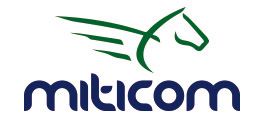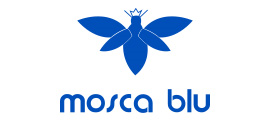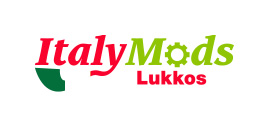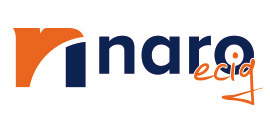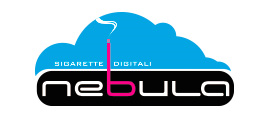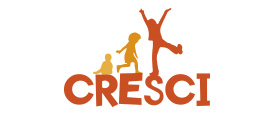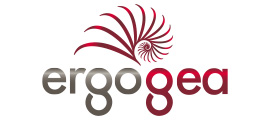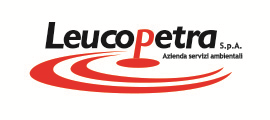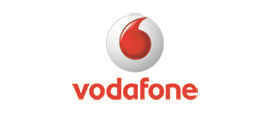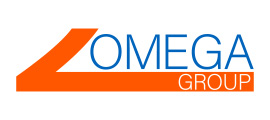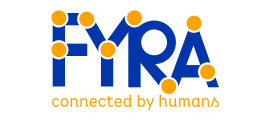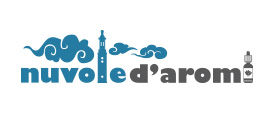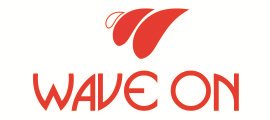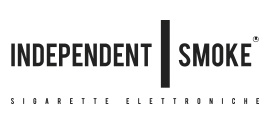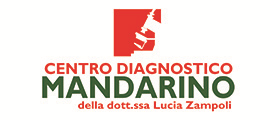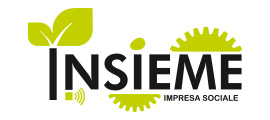Below the line
Glossaries
| Term | Definition |
|---|---|
| Below the line | Below the line (BTL) is a marketing and advertising term that defines all communication activities that do not use traditional mass media (such as TV, radio or national print). It focuses on more direct, targeted and measurable forms of promotion, aimed at specific audience segments. It is the opposite of "Above the line" (ATL), which instead refers precisely to advertising on classic mass media aimed at a large and undifferentiated audience. What is it used for / Why is it importantThe main purpose of BTL is not (only) to build brand recognition (brand awareness), but to stimulate direct and measurable action. It is important because:
When is it used / In what context is it usefulBTL is fundamental in almost every marketing strategy, especially when the goal is conversion or retention. It is the ideal choice for:
Practical exampleAn energy drink brand wants to launch a new flavour.
Extra InsightThe origin of the term is historical. It is said that in the accounts of large advertising agencies in the 1950s and 60s (such as Procter & Gamble), costs for mass media (ATL) were marked above the line of the budget, as they involved a standard agency commission (e.g., 15%). The other activities (BTL), such as event organisation or brochure printing, were marked below the line and invoiced separately, often at an hourly or project rate. Today, with the advent of digital, the line is much more blurred (hence the term Through the Line - TTL), but the conceptual distinction between mass communication and targeted communication remains very valid. |

 IT
IT  EN
EN 



